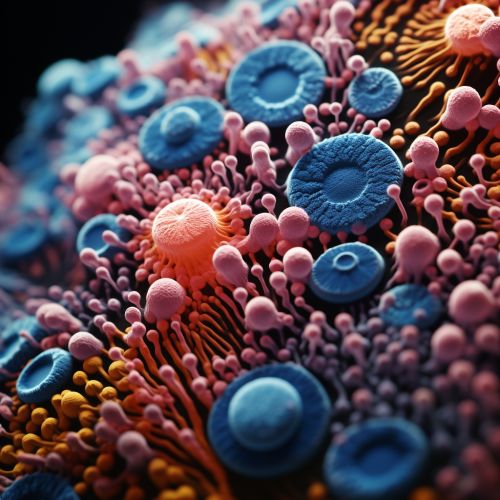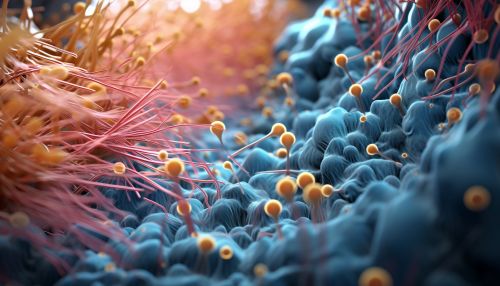Horizontal gene transfer
Introduction
Horizontal gene transfer (HGT) refers to the movement of genetic material between organisms in a manner other than traditional reproduction. It is a phenomenon that has been recognized as a significant driver of evolution, particularly in prokaryotes, but also in eukaryotes. HGT can occur through several mechanisms, including transformation, transduction, and conjugation.


Mechanisms of Horizontal Gene Transfer
Transformation
Transformation is a form of HGT where bacteria take up DNA from their surrounding environment. This DNA can come from other bacteria that have lysed and released their genetic material into the environment. Once the DNA is taken up, it can be incorporated into the bacterium’s own genome, providing it with new genetic traits.
Transduction
Transduction involves the transfer of genetic material from one bacterium to another via a bacteriophage, a type of virus that infects bacteria. The bacteriophage attaches to a bacterium and injects its DNA. The bacterium’s machinery then starts producing new bacteriophages. Occasionally, the bacteriophage’s DNA can get mixed up with the bacterium’s DNA, and when the new bacteriophages are made, they carry some of the bacterium’s DNA. These bacteriophages can then infect other bacteria, transferring the original bacterium’s DNA to the new host.
Conjugation
Conjugation is a process where genetic material is transferred from one bacterium to another through direct contact. One bacterium extends a structure called a pilus towards another bacterium. The pilus pulls the two bacteria together, and a copy of a plasmid, a small circular piece of DNA, is transferred from one bacterium to the other. The receiving bacterium can then incorporate the new genes into its own genome.
Role in Evolution
Horizontal gene transfer has played a significant role in the evolution of both prokaryotes and eukaryotes. It has allowed organisms to acquire new traits rapidly, without having to wait for these traits to develop through the slow process of mutation and natural selection. This has been particularly important in the evolution of antibiotic resistance in bacteria.
Examples of Horizontal Gene Transfer
There are many examples of horizontal gene transfer in nature. One of the most well-known is the transfer of antibiotic resistance genes between bacteria. Other examples include the transfer of genes for photosynthesis from bacteria to plants, and the transfer of genes between different species of yeast.
Impact on Genomic Studies
The occurrence of HGT complicates genomic studies, as it can result in a mosaic genome that contains genes from multiple sources. This can make it difficult to construct accurate phylogenetic trees, and can also complicate efforts to identify the function of specific genes.
